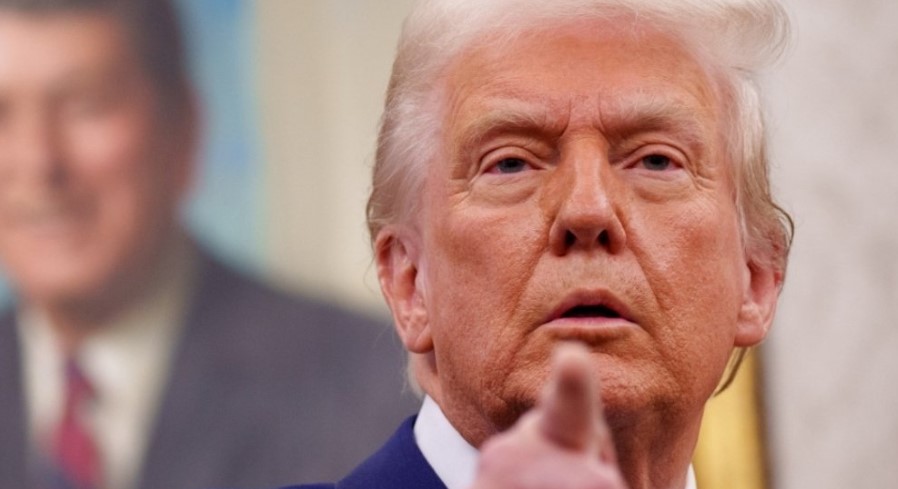In his second term, US President Donald Trump has doubled down on his “America First” agenda, this time wielding Trump tariffs as his main weapon. His goal is to strengthen the US economy and boost federal revenue. But while Trump promised that these tariffs would fill the US Treasury with billions, economists warn they could also deliver a heavy blow to the American economy and to the wallets of everyday Americans.
Tariffs Take Effect After Multiple Delays
After postponing the rollout six times, Trump’s new tariffs officially took effect on August 7. India and Brazil have been hit hardest, each facing a massive 50% tariff, while other countries face increases ranging from 10% to 41%.
During his election campaign, Trump pledged to lower inflation and bring down the cost of essentials like groceries. But with tariffs now in force, many Americans are realizing the opposite may be true—prices on everyday goods are climbing fast, making life more expensive for millions.
Highest Tariff Rates in Over a Century
According to the US Budget Lab, the average tariff rate in the US has now surged to 18.3%, the highest since 1909, when it stood at 21%. The impact on households will be significant: the average American family will spend an extra $2,400 this year due to these tariffs.
Put simply, items that once cost $100 to import will now cost $118.30. Economists estimate that these tariffs could shave 0.5% off US GDP—a $140 billion hit to the $28 trillion economy (about ₹16.6 trillion in Indian currency).
Surveys show growing concern among Americans: 53% say rising grocery prices are their biggest worry.

Everyday Essentials Getting Costlier
From eggs and beef to orange juice, fruit, packaged foods, and coffee, prices for many staples are rising. Because the US relies heavily on imports (even for drinking water), these tariffs hit a wide range of products.
Previously, the average tariff on imported goods was around 10%. Now, with nearly double the rate, everyday shopping is feeling the pinch. David Ortega, a food economist at Michigan State University, notes that Trump’s campaign promise to cut grocery costs has not been fulfilled—leaving many Americans disappointed and losing trust in his trade policies.
Warning Signs of a Slowdown
Experts say the full effects of tariffs take time to show up. Once existing inventory is sold out, prices will rise even further. Companies report that consumers are already buying less, opting for smaller packs, and avoiding non-essential purchases.
These spending patterns point to a potential economic slowdown. Major brands, including Walmart, Hammers, and Adidas, have already raised prices on many products, and the upward trend shows no signs of stopping.
